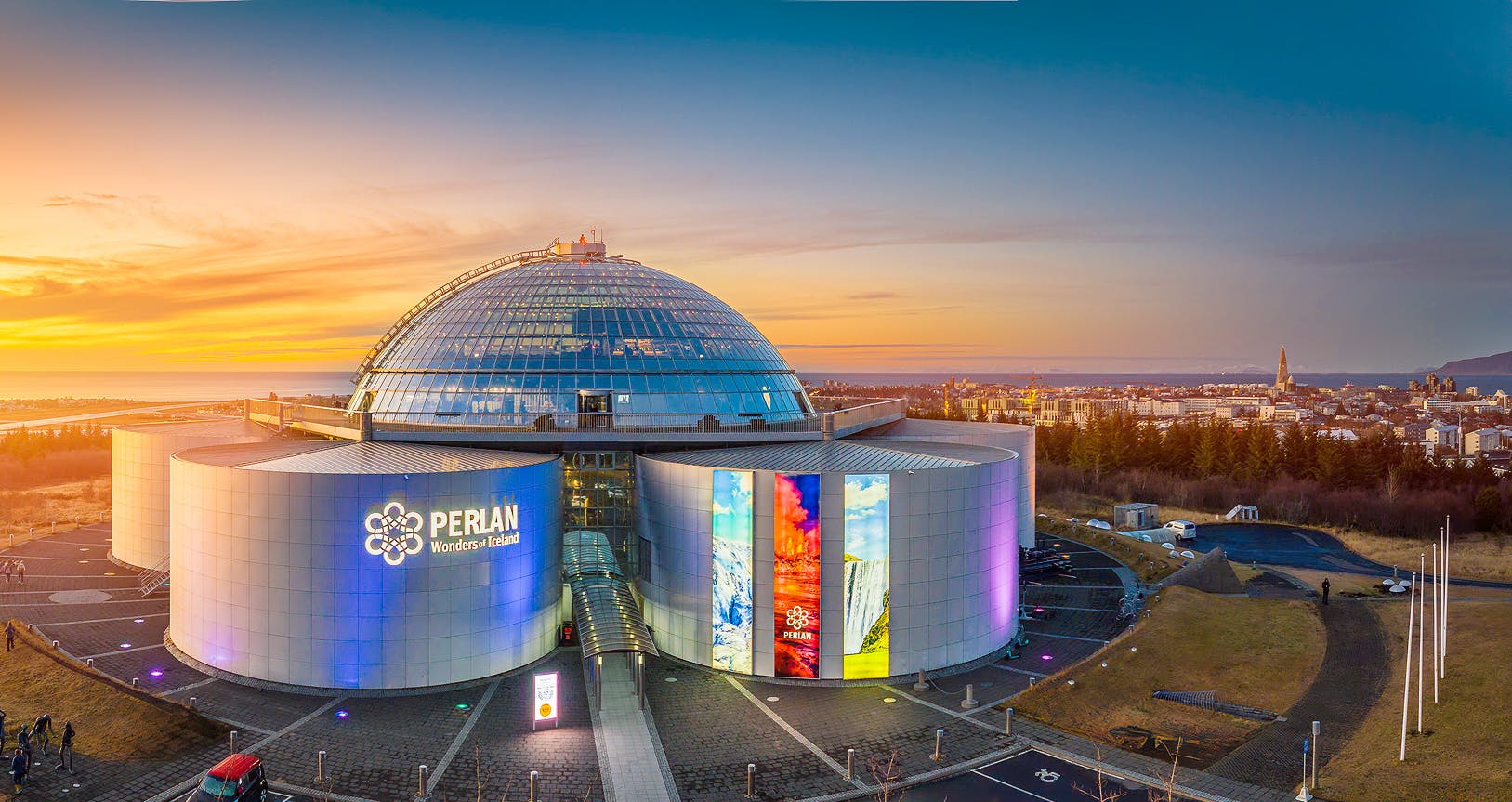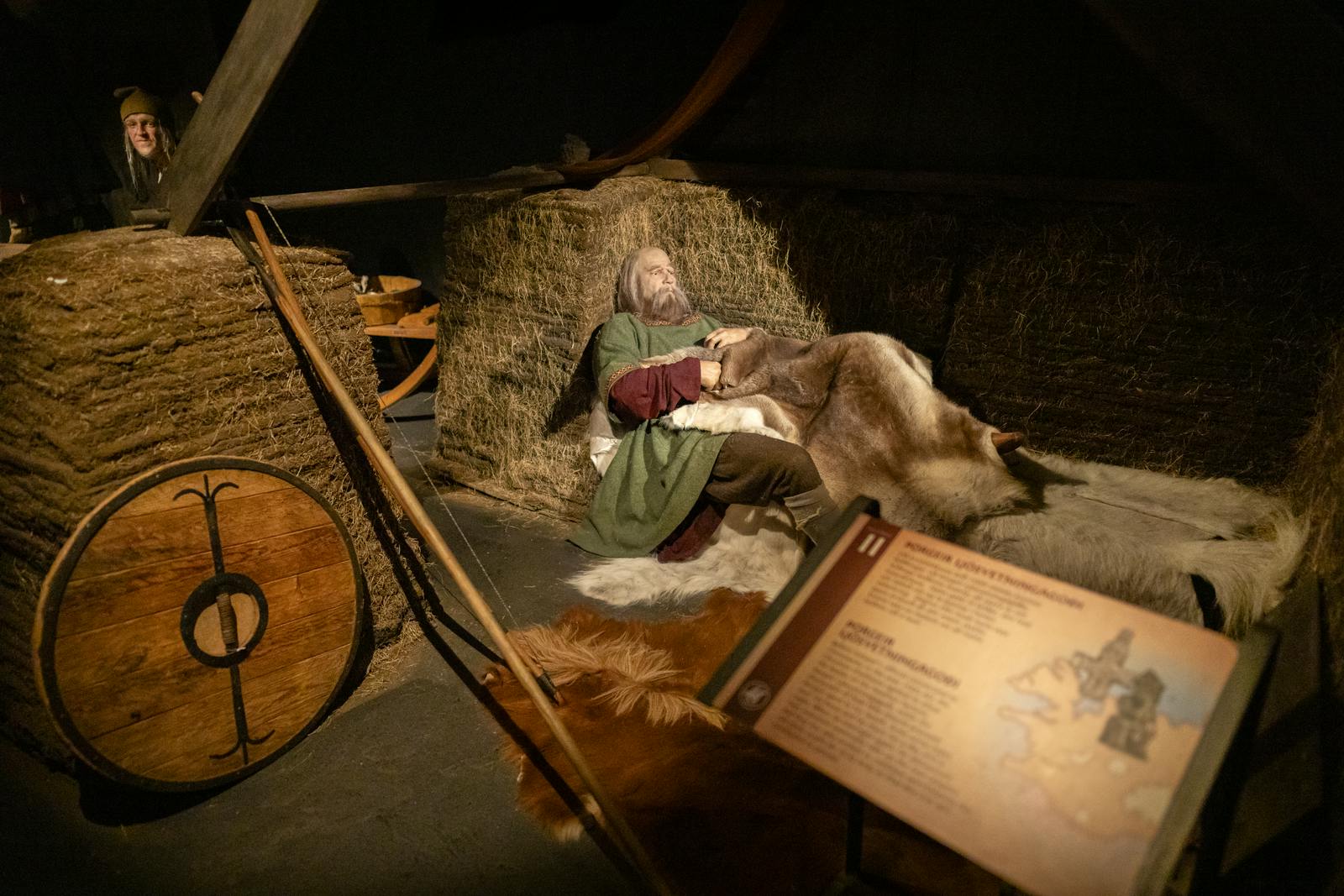
Things To Do In Reykjavík In November
Reykjavik in November offers a unique travel experience where Iceland’s capital transitions from autumn to winter. Shorter days, chilly weather, and the chance to see the northern lights make November one of the most atmospheric times to visit.
This guide explains everything from weather conditions and packing tips to local festivals, day trips, and cultural activities—so you can make the most of your time in Reykjavik this month.
For insights into the previous month’s activities, check out our guide on things to do in Reykjavík in October.
Weather in Reykjavik in November

Understanding the climate is essential when planning your trip.
- Temperature: November temperatures typically range between 0 °C and 5 °C (32 °F–41 °F). It can feel colder with the windchill.
- Daylight: Early November offers around 8 hours of daylight, but by the end of the month, daylight reduces to just 5 hours.
- Conditions: Expect a mix of rain, sleet, snow, and strong winds. Weather can change quickly.
Things to Do in Reykjavik in November
Despite the cold, Reykjavik has plenty to offer in November, from indoor cultural sites to cozy local experiences.
1. Visit Perlan Museum and Observation Deck

Perlan combines science, nature, and culture under one roof. Highlights include:
- Northern lights show – a breathtaking planetarium show about the aurora
- Ice Cave & Glacier Exhibition – walk through a 100-meter man-made ice cave built with 350 tonnes of ice
- Volcano show – explore Iceland’s recent eruptions and fiery geology
- 360° Observation Deck – enjoy sweeping views across the city and mountains
2. Explore Reykjavik’s Museums

There are plenty of museums around Reykjavik that offer fun things to do for all ages. Here are some popular ones you can't miss.
- National Museum of Iceland – traces Icelandic history from settlement to modern times
- Reykjavik Art Museum – three sites dedicated to modern and contemporary art
- The Settlement Exhibition – interactive displays of Reykjavik’s Viking past
Many of these museums are included in the Reykjavik City Card (48 hours), which also covers galleries, swimming pools, and public transport.
3. Relax in Geothermal Pools

Swimming outdoors in winter is part of Icelandic culture. Popular choices:
- Sky Lagoon – oceanside infinity pool with sauna and cold plunge
- Laugardalslaug – Reykjavik’s largest public pool with hot tubs
- Nauthólsvík Geothermal Beach – a unique golden-sand beach in Reykjavik where hot water mixes with the chilly Atlantic. Read more in our guide to Nauthólsvík geothermal beach.
- Blue Lagoon – world-famous geothermal spa near the airport (open year-round)
For an overview of all options, see our article on the best pools in Reykjavik.
4. Experience Reykjavik’s Food Scene

November is the perfect time for warming Icelandic dishes. Here are the top things to try when in Reykjavik in November:
- Lamb soup
- Fresh Atlantic cod
- Traditional rye bread baked in geothermal steam
- Craft beers and local spirits
Learn more about traditional Icelandic food so you know what to try.
5. Enjoy Reykjavik’s Nightlife

With long nights, the city’s bars and clubs feel extra lively. Laugavegur Street in downtown Reykjavik is lined with pubs, music venues, and late-night cafés. Learn more about the history and atmosphere of this iconic street in our guide to Laugavegur street in downtown Reykjavik.
6. Try Unique November Adventures

If you are up for an adventure, try one of these top things to do:
- Ice Caving – November marks the beginning of Iceland’s ice cave season. Explore shimmering blue chambers inside glaciers like Langjökull with a certified guide. Learn more about Iceland’s glaciers in our article on best glacier hikes in Iceland.
- Snowmobiling on Glaciers – As winter sets in, Iceland’s glaciers transform into thrilling adventure playgrounds. Snowmobiling tours offer a unique way to experience the vast, icy landscapes. Check out our guide on how to get to a glacier before you head out. Pair it with insights from
Can You See the Northern Lights in Reykjavik in November?

Yes, November is one of the best months to spot the Aurora Borealis. The long, dark nights and crisp air create ideal viewing conditions.
- Best viewing times: Between 9 PM and 1 AM.
- Top locations near Reykjavik: Öskjuhlíð hill, Grótta Lighthouse, Heiðmörk Nature Reserve, and Esja mountain foothills.
- Tours: Joining a guided northern lights tour increases your chances since experts track weather and solar activity.
- Aurora forecast: Follow the live aurora forecast to check the latest activity before heading out.
If skies are cloudy, experience the phenomenon indoors at Perlan’s Northern Lights Show, Iceland’s only full-dome planetarium show dedicated to the aurora.
Day Trips from Reykjavik in November

Reykjavik makes a great base for exploring southern Iceland’s winter landscapes.
Golden Circle
A classic route featuring:
- Þingvellir National Park – a rift valley and UNESCO World Heritage site
- Geysir geothermal area – home to Strokkur geyser
- Gullfoss waterfall – a dramatic double cascade
If you’d like to experience this route with ease, consider the Golden Circle & Friðheimar Greenhouse Tour.
South Coast
A full-day trip includes:
- Seljalandsfoss and Skógafoss waterfalls
- Reynisfjara black sand beach – one of Iceland’s most famous natural wonders. Learn more in our guide to Reynisfjara beach.
- Jökulsárlón glacier lagoon and Diamond Beach
Snæfellsnes Peninsula
Often called Iceland in miniature:
- Snæfellsjökull glacier
- Kirkjufell mountain – one of the most photographed peaks in Iceland. Read our full Kirkjufell guide.
- Arnarstapi cliffs and fishing villages
Festivals and Events in Reykjavik in November

November is not just about nature—cultural events also make the month special.
- Iceland Airwaves Festival (7–9 Nov 2024): Reykjavík’s premier music festival, drawing artists like Sigur Rósand Of Monsters and Men alongside international acts. Venues across downtown vibrate with live music.
- Reykjavik Dance Festival (13–17 Nov 2024): A celebration of movement and creativity, with performances ranging from avant-garde choreography to inclusive events like a rave for babies.
- RAFLOST Electronic Arts Festival (early Nov): A long-established festival blending art, music, and digital technology.
- Day of the Icelandic Tongue (16 Nov): Celebrated on poet Jónas Hallgrímsson’s birthday, this event honors Iceland’s linguistic heritage. Try simple Icelandic phrases like takk fyrir (“thank you”).
Why November Is the Perfect Time to Visit Reykjavik

Reykjavik in November is both peaceful and exciting, a city wrapped in winter’s quiet while alive with festivals, culture, and natural beauty. From chasing the northern lights to exploring Perlan’s world-class exhibitions, this month blends adventure with cozy warmth.
By planning ahead and dressing for the conditions, visitors can enjoy Iceland at one of its most atmospheric times of year.
FAQs: Reykjavik in November
Is Reykjavik worth visiting in November?
Yes. November offers cultural festivals, northern lights opportunities, and cozy winter charm. For more inspiration, see the Top Things to Do in Reykjavik in Winter.
Can you visit the Golden Circle in November?
Yes, all attractions remain open. Some paths, like at Gullfoss, may close due to ice.
Can you go to the Blue Lagoon in November?
Yes, it’s open daily. Cold air makes its warm waters even more inviting. Don’t miss nearby geothermal pools like the Sky Lagoon and Secret Lagoon.
Can you see the northern lights in Iceland in November?
Yes, November’s long nights are ideal. Head outside the city or watch them indoors at Perlan’s Northern Lights Show.
What is the weather like in Reykjavik in November?
The weather in Reykjavik in November is cold and changeable, with temperatures between 0–5 °C (32–41 °F), frequent rain or snow, and strong winds.
How many hours of daylight does Reykjavik get in November?
In Reykjavik in November, daylight ranges from about 8 hours at the start of the month to just 5 hours by the end.
Does it snow in Iceland in November?
Yes, snowfall is common in Reykjavik in November, especially later in the month, though milder spells may melt it quickly.
What should I pack for Reykjavik in November?
For Reykjavik in November, pack thermal layers, a waterproof insulated jacket, sturdy boots, hat, gloves, scarf, and a swimsuit for geothermal pools.
What are the best things to do in Reykjavik in November?
Top things to do in Reykjavik in November include visiting Perlan’s exhibitions, relaxing in geothermal pools, exploring museums, enjoying the nightlife, and taking day trips like the Golden Circle or South Coast.







